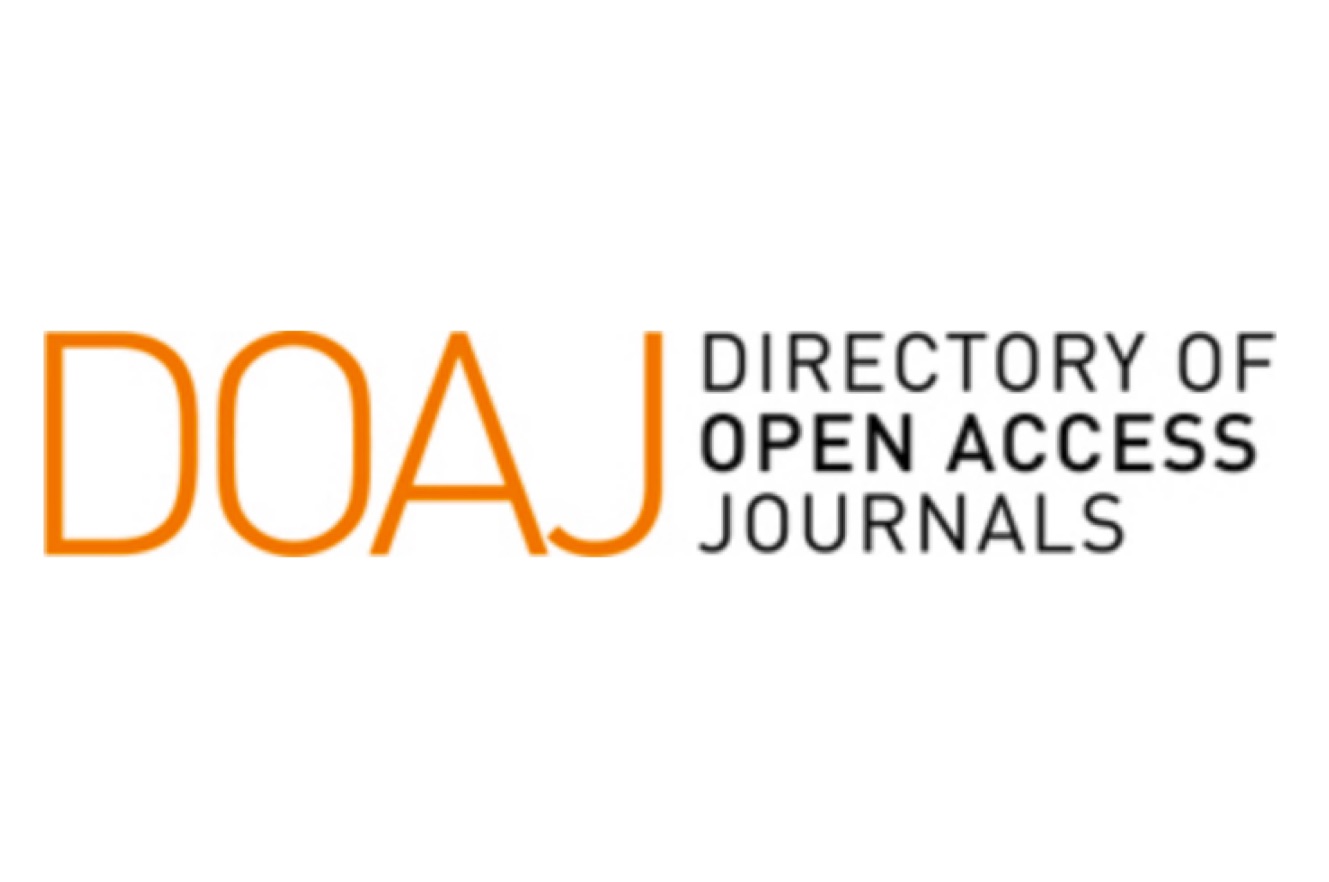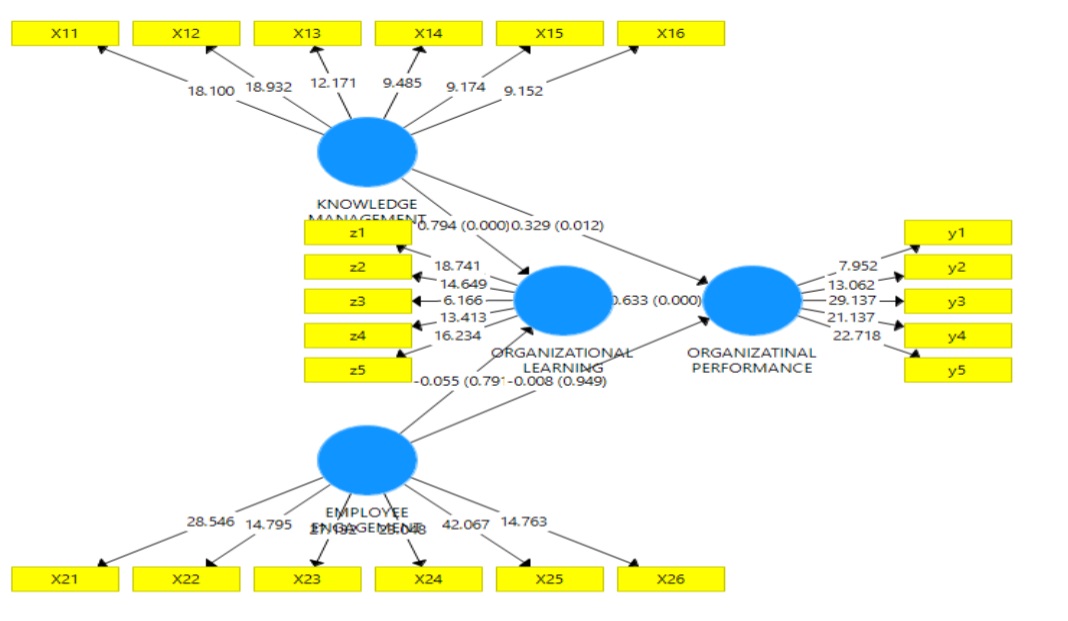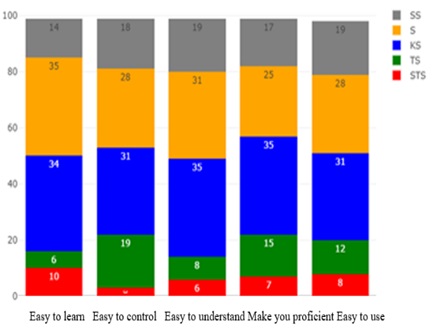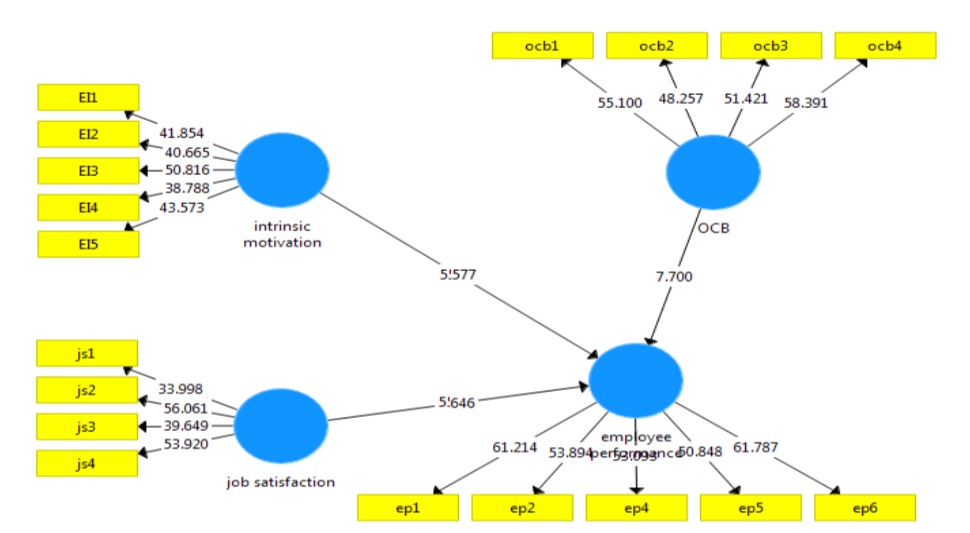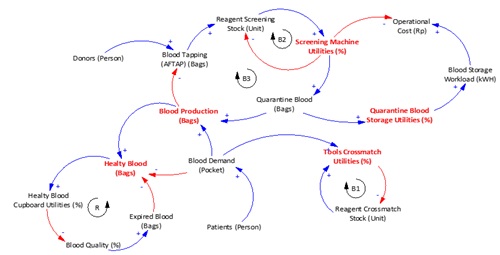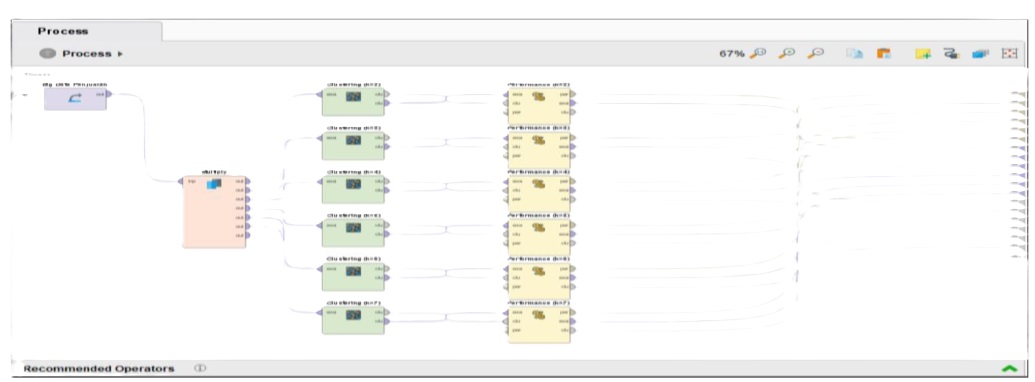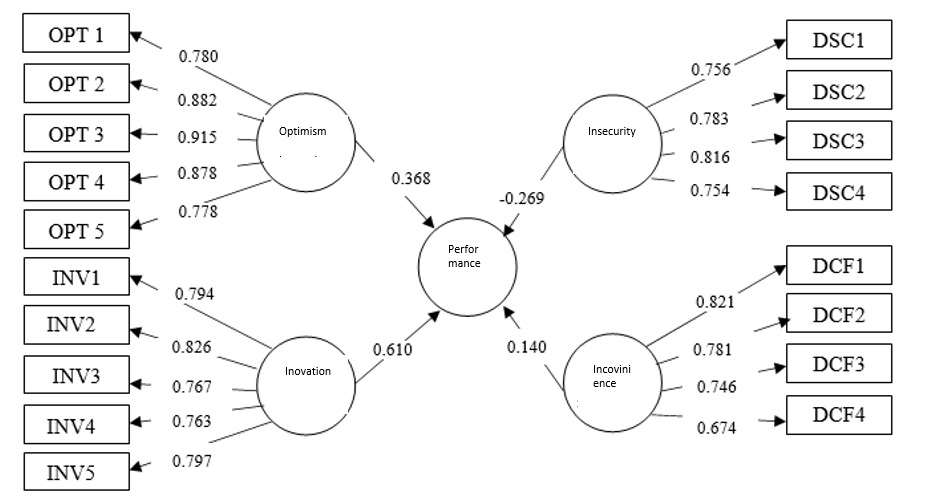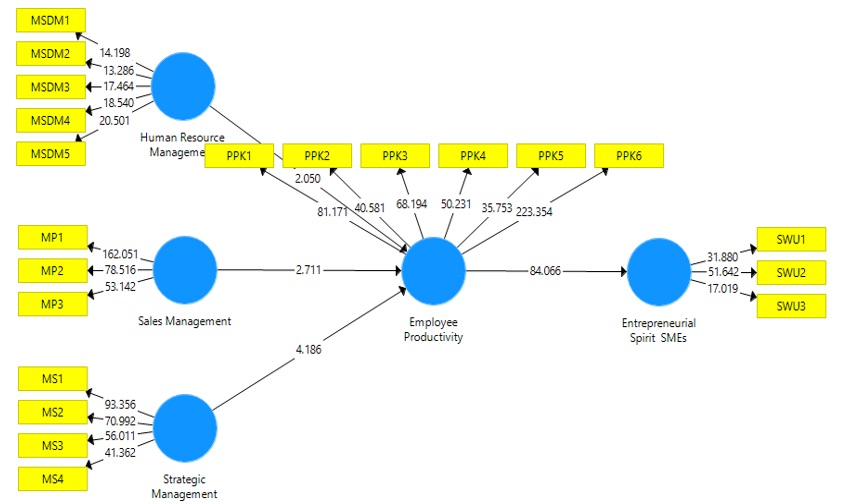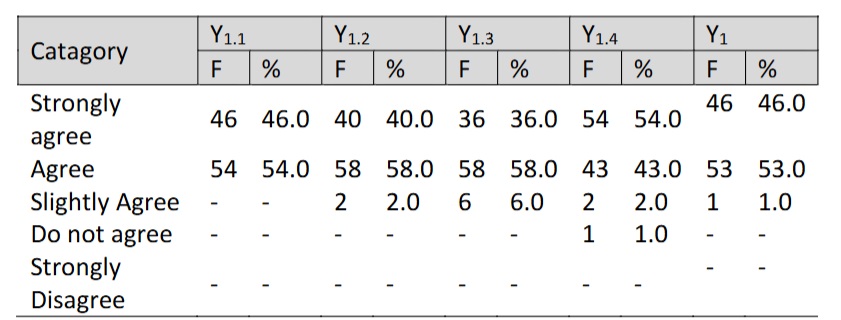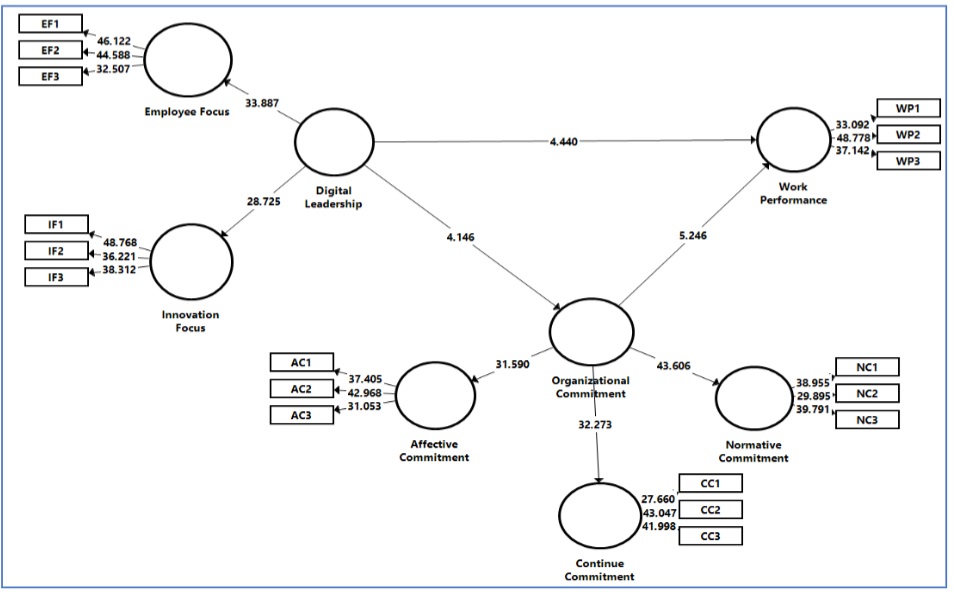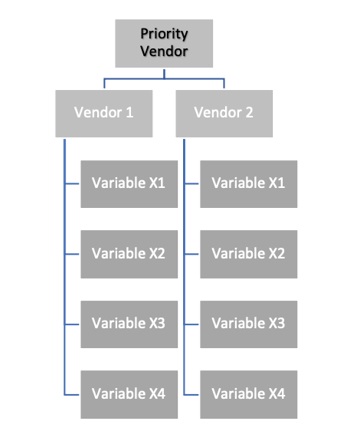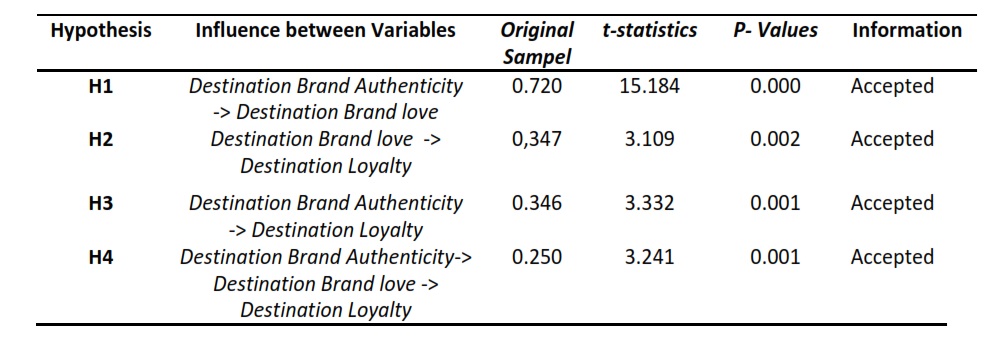STUDI KASUS PENERAPAN VENDOR MANAGED INVENTORY PADA SISTEM RANTAI PASOK
Downloads
Vendor Managed Inventory (VMI) is an approach in managing inventory between supplier and consumer in an supply chain system. In VMI concept, supplier keeps its inventory at consumer's warehouse, meanwhile inventory ownership belong to supplier until it is used by consumer. The advantage of VMI is to reduce inventory replenishment ordering process and to reduce the usage of consumer's warehouse space. Some key factors to achieve VMI success are: coordination, communication, production system and inventory order reliability.When supplier is a subsidiary of consumer, coordination between the two usually puts them not at an equivalent level, especially when supplier's infrastructure is not as good as that at consumer. This research is a case study at a pharmaceutical company and its supplier which acts as its subsidiary. Information and data gathered by deep interview to all parties responsible for supply chain, production, and inventory at supplier and consumer sides. The results show advantages and obstacles in applying VMI, thus long-term commitment is needed to reach a better performance.
Downloads
] Ellinger. 2013. Automatic Replenishment Programs and Level of Involvement: Performance Implications, International Journal of Logistics Management, Vol. 10, No. 1, pp 25-36.
Lapide, L. 2011. New developments in business forecasting, The Journal of Business Forecasting Methods & Systems, Vol. 20, Iss. 4, pp 11, 12 and 36.
Towill, D.R. 2013. Vendor-managed inventory and bullwhip reduction in a two-level supply chain, International Journal of Operations & Production Management,Vol. 23 No. 6.
Vigtil, Astrid. 2014. A framework for Modelling of Vendor Managed Inventory, Norwegian University of Science and Technology.
Waller, M. Johnson. 2009. Vendor-managed inventory in the retail supply chain, Journal of business logistics, Vol. 20, No. 1.
Whang, S. 2010. Information distortion in a supply chain: the bullwhip effect, Management Science, Vol. 43 No. 4, pp. 546-58.
Buku
Harrison, A, & van Hoek, R.. 2012. Logistics management and strategy, Pearson Education, Prentice Hall.
Lockström et al. 2010. Antecedents to Supplier Integration in the Automotive Industry: A Multiple-Case Study of Foreign Subsidiaries in China Journal of Operations Management, pp 240-256.
Simchi-Levi. 2014. Designing and managing the supply chain, concepts, strategies and case studies, McGraw Hill.
Laporan Penelitian
Mattson. 2012. Logistik i försörjningskedjor Studentlitteratur, Lund.
McBeath, Bill. 2012. The truth about VMI – revelations and recommendations, ChainLink Research study on VMI in the High tech Supply chain, ChainLink Research.
Sitompul, Carles. 2013. Implementasi model persediaan yang dikelola pemasok (Vendors Managed Inventory) dengan banyak retailer, Lembaga Penelitian dan Pengabdian kepada Masyarakat Universitas Katolik Parahyangan.
JMIL Jurnal Manajemen Industri dan Logistik (Journal of Industrial and Logistics Management) is an Open Access Journal. The authors who publish the manuscript in JMIL Jurnal Manajemen Industri dan Logistik agree to the following terms:

JMIL Jurnal Manajemen Industri dan Logistik is licensed under a Creative Commons Attribution 4.0 International License. This permits anyone to copy, redistribute, remix, transmit and adapt the work provided the original work and source is appropriately cited.
This means:
(1) Under the CC-BY license, authors retain ownership of the copyright for their article, but authors grant others permission to use the content of publications in JMIL Jurnal Manajemen Industri dan Logistik in whole or in part provided that the original work is properly cited. Users (redistributors) of JMIL Jurnal Manajemen Industri dan Logistik are required to cite the original source, including the author's names, JMIL Jurnal Manajemen Industri dan Logistik as the initial source of publication, year of publication, volume number, issue, and Digital Object Identifier (DOI); (2) Authors grant JMIL Jurnal Manajemen Industri dan Logistik the right of first publication. Although authors remain the copyright owner.















